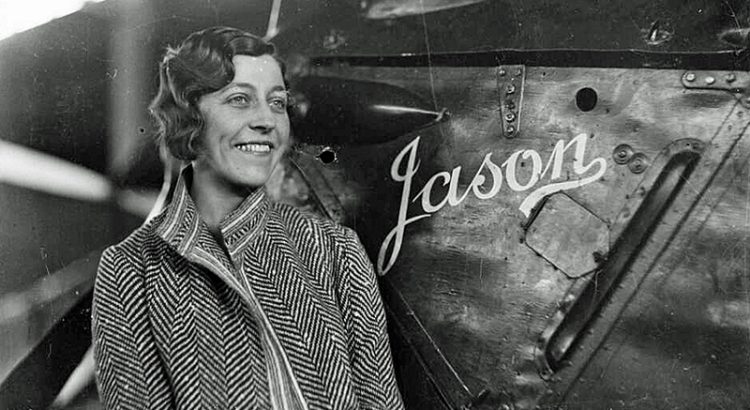Photo above – In 1930, songs were written about Britain’s Amy Johnson and her airplane named Jason. (WikiCommons)
By Penny Rafferty Hamilton, Ph.D.
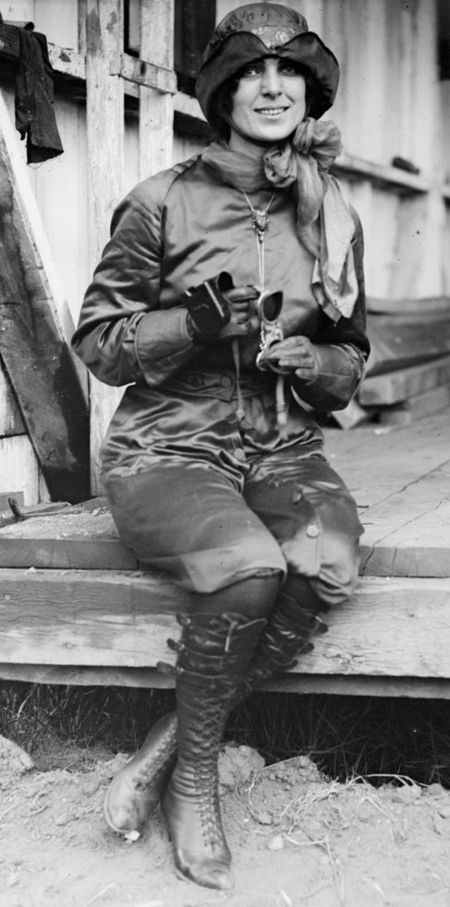
Over 113 years ago, the power of mutual support for women in the nascent field of ballooning and aeroplanes resulted in the founding of La Stella, the Aero Club Feminim. On June 16, 1909, this new women in aviation organization hosted a large exhibition on the grounds of the Aero Club de France at St. Cloud in the western suburbs of Paris. A highlight of this inaugural event was ascension of six balloons, all with women passengers, obviously, a first. Another first was a balloon piloted by Marie Surcouf with an all-women crew. Earlier, Surcouf reportedly became the first woman to pilot a balloon. Another important leader is La Stella was Alicia Blériot, wife of Louis Blériot, the famous airplane designer. Louis later helped American Harriet Quimby become the first woman to fly across the English Channel on June 2, 1912, loaning Harriet his personal aeroplane for this life-changing flight.
Another June aviation milestone was on June 9, 1929. Britain’s legendary flyer, Amy Johnson (See photo at top), flew her first solo flight after only 15 hours and 45 minutes of dual instruction. Amy was awarded her British Air Ministry pilot flying certificate on July 6. Less than a year later, audacious Amy began her epic solo flight from England to Australia in May, 1930. In 19 days, after flying 11,000 miles alone in her Gipsy Moth, Amy Johnson became the first woman in the world to fly solo from Great Britain to Australia. She landed in Darwin, Australia on May 24, 1930. The celebrations of her flight lasted for weeks. It was an inspirational flight followed around the world. Amy once said, “I think it is a pity to lose the romantic side of flying and simply accept it as a common means of transport, although that end is what we have all ostensibly been striving to attain.” Amy named her airplane, Jason. Indeed her arduous flight became a lot like the Greek mythological Jason’s odyssey for the magical Golden Fleece. Amy ran into sand storms, monsoons, damage and repair to Jason’s wing, all reported with detail by the British press. Amy Johnson became world famous. She won 10,000 pounds offered by the British newspaper, Daily Mail, to the first woman to successfully fly this daring mission. In 1930, Amy won the Harmon International Aviatrix Trophy. Amy became a Super Star. Women wanted their hair in an “Amy Johnson wave.” At least ten popular songs were written about her. The most famous was “Amy, Wonderful Amy.”
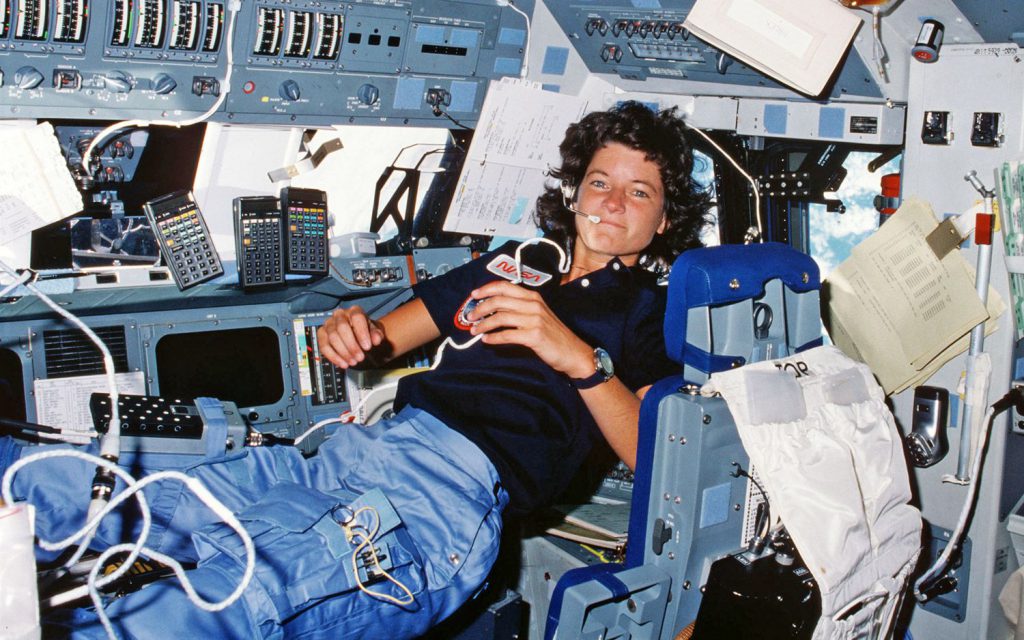
Only twelve years later, an historic first for women took place in Colorado. In June 1942, 80 years ago, Mary Chance VanScyoc, already a pilot, headed to the Denver Airway Traffic Control Center to start her new job as an Air Traffic Controller. Mary became the first female civilian air traffic controller in the United States, according to Andrew Pital, historian with the Air Traffic Controllers Association. Mary explained, “Air traffic control was in its infancy when I started in June 1942. The Air Traffic Control Center in Denver, Colorado, had just opened in March with 12 controllers, a chief, a senior controller (who was the trainer) and a secretary. Traffic was controlled only on the airways, which we called the ‘Highways of the Skies.’” Wartime opened many aviation opportunities for women. Fortunately, Mary was able to continue in ATC after the war. From Mary’s book, A Lifetime of Chances, she wrote. “By chance, I saw a newspaper ad during World War II announcing women were welcome to apply for air traffic control. The only requirements were a college degree and a pilot’s license.” Mary had both. And, the rest is herstory.
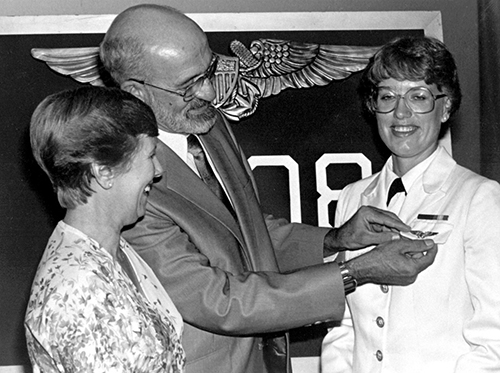
Fast forward to 1981, 41 years ago, when Ensign Mary A. Crawford became the first female Naval Flight Officer (NFO) in the United States Navy. After her June graduation, she joined Antarctic Development Squadron 6 (VXE-6). Amazing that just two years later, on June 18, 1983, NASA Astronaut Sally Ride’s place in history was assured when she rocketed into space on Challenger’s STS-7 mission with four male crewmates.
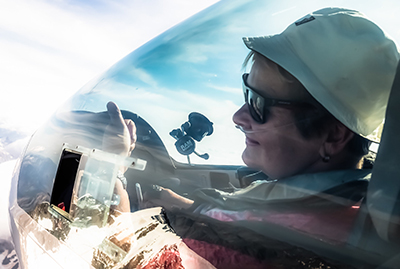
Well, we started this June look at events which shaped women’s aviation and aerospace history with the formation of La Stella. On June 11, 1986, the Women Soaring Pilots Association was formed in Tucson, AZ. The idea of mutual support and promotion for women in aviation a full 77 years later is still important. It is still identified as an important element in women’s success today. When one woman has success, all women share it that success.
